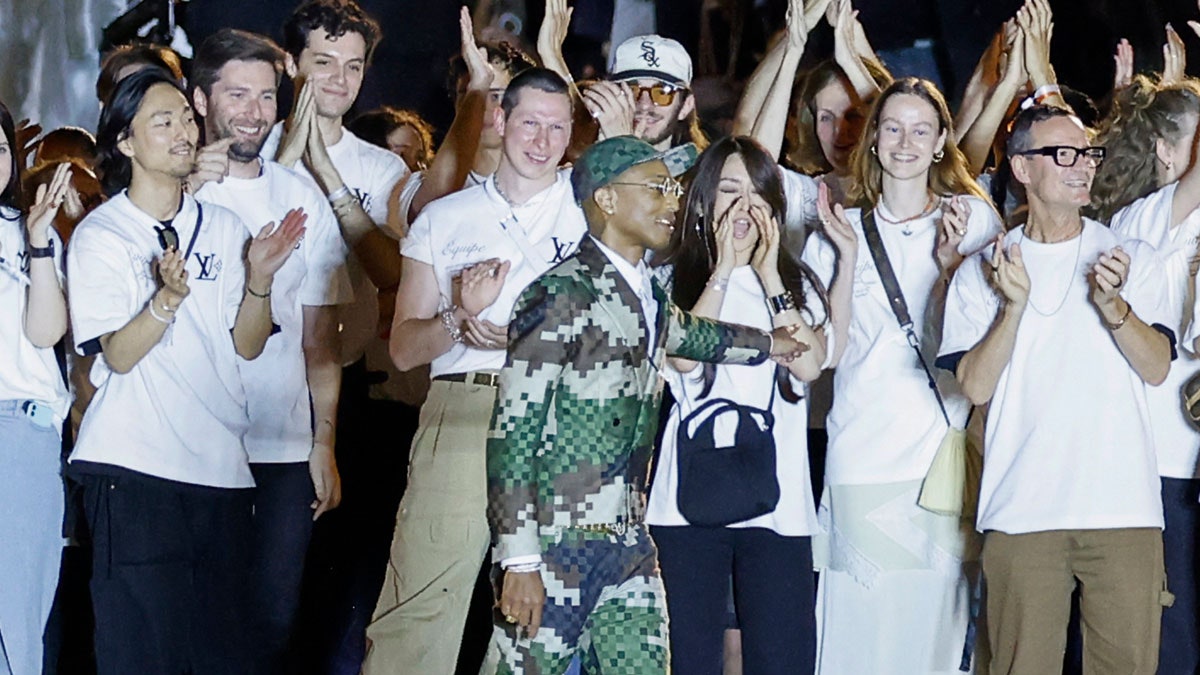
“It’s all about your network, if you know someone who knows someone you can have access,” Ngonmo says. “For BIPOC people, they’re coming from nowhere and having to build themselves on their own. A lot of them don’t have access to renowned fashion schools, so they don’t have connections.” Most internships and entry-level positions are low paid and barely cover basic living expenses, which is an additional challenge for applicants with less socioeconomic privilege, she says.
More support needs to be given once diverse hires get their foot in the door, says Fashion Minority Report’s Peters. “It’s all well and good to keep bringing diverse talent into more junior positions, but are we putting the right building blocks in place for those people to be able to climb the ladder and move through at a relative pace?” That includes fair pay, mentorship, good management and opportunities to progress.
Brands need to do more to raise the profiles of diverse talent inside so they can progress to bigger roles, adds Sansovino 6’s Buchanan. “If brands aren’t inclusive on the inside, it’s impossible for [diverse talent] to rise up to be seen by the executive recruiters and headhunters that are placing talent in the creative director role.”
The ‘boy genius’ myth
In the past decade, the creative director has been elevated to a genius status, whose singular vision steers the whole brand strategy. Now, amid economic uncertainty, that’s a risky move. “Brands were chasing the [Virgil Abloh or Alessandro Michele effect] before while simultaneously being aware that it’s an ephemeral moment, because unless you decide to put all your eggs in one basket and make these creative directors the main protagonists of every aspect of the business, it’s not a story that will last,” says fashion commentator Chabbi.
“If the star creative director era is done, and creative directors are no longer elevated to this level of genius, then brands are thinking, ‘We’re not going to go headhunting, so we might as well get people that know us better who we’ve trained in-house rather than take a leap of faith.’ It’s sad because it stops emerging designers and upcoming talent getting the opportunity,” continues Chabbi.
The idea of the genius is gendered, too, recruiter Harvey says. “I can tell you that there are a number of women and women of colour who have been considered for roles and they’re not hired,” she says. “I would gamble that it’s because people might think they don’t have the personality or the marketing draw, but those things can be trained, and those people can be surrounded with talent to support that. Vision is vision, and talent is talent, so brands are missing out.”
